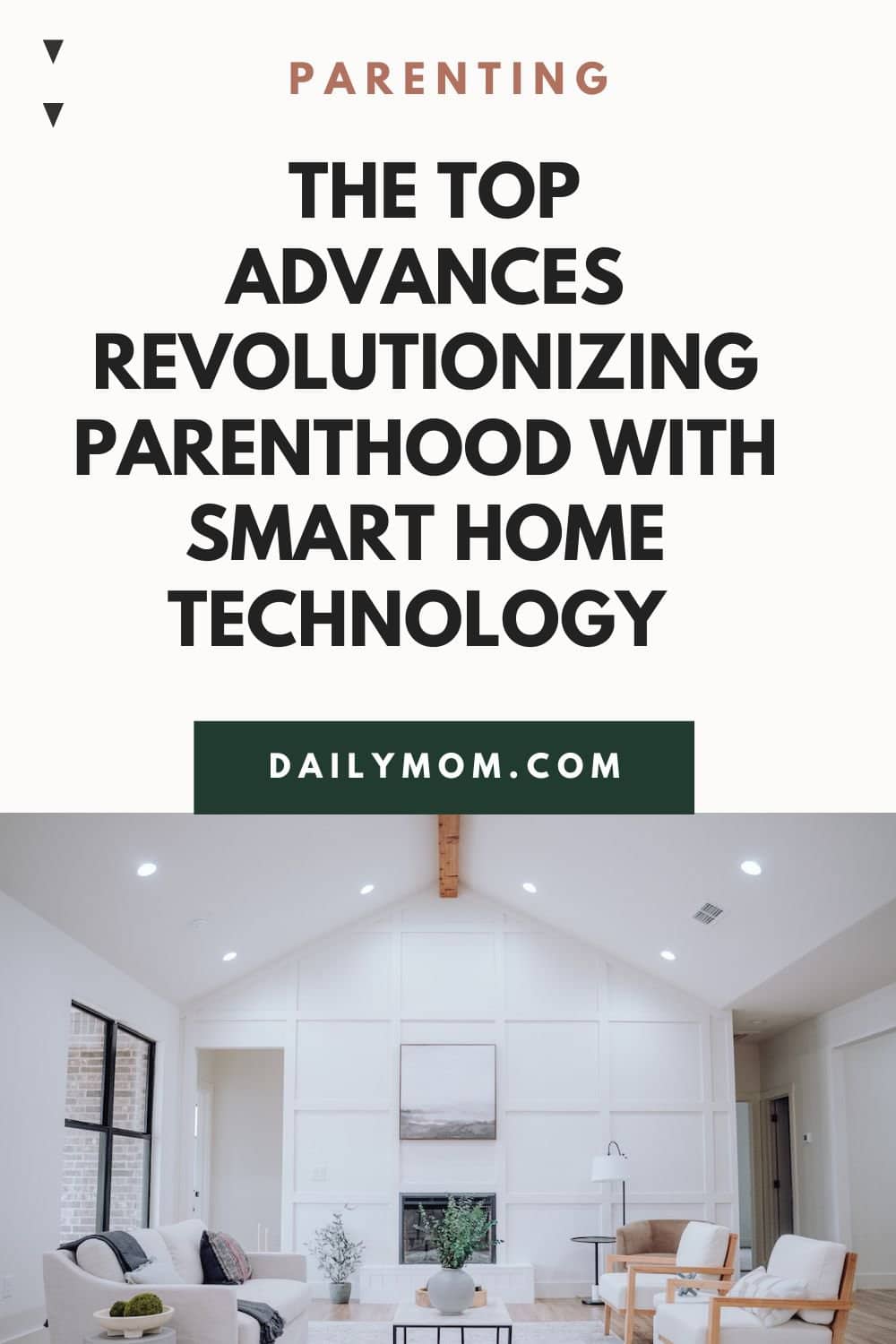
Introduction
Key aspects of integrating technology in modern family homes
Convenience and Efficiency
The integration of technology in modern family homes has streamlined various processes, making tasks more convenient and efficient. Automated systems for lighting, thermostat control, and security provide ease of use for homeowners.Connectivity and Communication
Technology allows family members to stay connected and communicate effectively even when physically apart. Smart devices enable video calls, messaging, and shared calendars to improve coordination and strengthen relationships within the household.Benefits of technology in enhancing daily routines
Time Management
By utilizing technological tools such as smart schedules and reminders, families can better manage their time and prioritize tasks effectively. This leads to increased productivity and reduced stress levels.
Ready to take your time management skills to the next level? Enroll in our online courses today!
Health Monitoring
Various health monitoring devices integrated into smart homes help in tracking fitness goals, sleep patterns, and overall well-being. This promotes a healthier lifestyle by providing valuable insights for individuals and encouraging positive habits.
Smart Home Devices
Popular smart home devices for modern families
In modern family homes, popular smart home devices include smart thermostats like Nest or Ecobee, which allow for temperature control remotely. Smart lighting systems such as Philips Hue offer customization and energy efficiency. Security cameras from brands like Ring or Arlo provide surveillance options for added peace of mind.How smart home devices can streamline household tasks
Smart home devices streamline household tasks by allowing automation and remote control. For example, scheduling lights to turn on/off at specific times enhances security and saves energy. Smart locks like August or Yale simplify entry without physical keys. Additionally, robotic vacuum cleaners such as Roomba automate floor cleaning routines, freeing up time for other activities in the household.
Internet of Things (IoT)
Understanding IoT and its impact on family living
The Internet of Things (IoT) refers to interconnected devices that can communicate and interact with each other over the internet. Its impact on family living is notable as it brings convenience, efficiency, and customization to daily routines. By integrating IoT devices, households can optimize energy usage, enhance security measures, and simplify tasks for occupants.Examples of IoT devices transforming home living
**Smart Home Devices**| Device | Functionality | ||||||||
|---|---|---|---|---|---|---|---|---|---|
| Smart Thermostats | Allow remote temperature control | Smart Lighting Systems | Offer customization options and energy efficiency | Security Cameras | Provide surveillance features for added peace of mind | Smart Locks | Simplify entry without physical keys | Robotic Vacuum Cleaners | Automate floor cleaning routines |
By incorporating these IoT devices into their homes, families can benefit from increased comfort, security, and time-saving capabilities.

Parental Control Apps
Use of parental control apps for managing screen time
**Parental control apps** offer families the ability to manage and monitor their children's screen time effectively. These applications empower parents to set limits on device usage, block inappropriate content, and track online activities. By utilizing parental control apps, caregivers can instill healthy digital habits in their children and create a balanced approach to technology use within the household.Features of parental control apps for ensuring digital well-being
**Key features** of parental control apps include customizable settings for different users, real-time monitoring capabilities, and alerts for suspicious online behavior. These tools enable parents to safeguard their children from potential online threats while promoting responsible internet usage. With the increasing reliance on digital devices, parental control apps have become essential in enhancing the digital well-being of family members.
Educational Technology
Role of educational technology in children's learning at home
**Educational technology** plays a crucial role in enhancing children's learning experiences at home. Through interactive platforms and engaging digital resources, students can access educational content tailored to their individual needs. This personalized approach fosters skill development, critical thinking, and creativity in a conducive learning environment. By leveraging educational technology, parents can supplement traditional teaching methods and support their child's academic growth effectively.Top educational apps and tools for children
**Popular educational apps** and tools for children encompass a wide range of subjects such as mathematics, language arts, science, and coding. These applications offer interactive lessons, quizzes, and games that make learning enjoyable and effective. Some notable examples include ABCmouse, Khan Academy Kids, Duolingo, and Scratch Junior. Additionally, online platforms like Google Classroom provide seamless integration for virtual classrooms and collaborative projects among students. Incorporating these educational apps into daily routines can enhance children's academic engagement and encourage continuous learning beyond the classroom setting.
Generated Text:
Entertainment Systems
Home entertainment setups for modern family bonding
**Home entertainment setups** serve as a focal point for modern families seeking quality time together. With advanced smart TVs, sound systems, and streaming services, families can enjoy movie nights, gaming sessions, and virtual concerts from the comfort of their living rooms. These setups provide a versatile platform for shared experiences and bonding opportunities that cater to diverse interests and preferences.Benefits of immersive entertainment systems in the home
**Immersive entertainment systems** offer benefits beyond mere amusement, promoting relaxation, stress relief, and creativity within the home environment. High-definition displays, surround sound technology, and virtual reality experiences transport individuals into captivating worlds that stimulate the senses. This level of immersion fosters escapism and mental rejuvenation while enhancing overall well-being for users of all ages.
Home Office Setup
Creating a conducive home office environment for remote work
**The Home Office Setup** plays a crucial role in facilitating productivity and focus for remote workers. Designing a dedicated workspace within the home helps separate professional duties from domestic distractions. Ergonomic furniture, adequate lighting, and minimalistic decor contribute to an environment conducive to concentration and efficiency.Essential tech tools for a productive home office
Equipping **the Home Office Setup** with essential tech tools enhances workflow and communication. High-speed internet connectivity, reliable laptops or desktop computers, noise-canceling headphones, and video conferencing software are fundamental for seamless remote work operations. These tools enable individuals to stay connected with colleagues, collaborate on projects effectively, and meet deadlines efficiently.
0 Comments